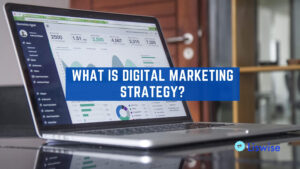Blog – Growing your business online is the need for today’s competitive marketing world. The best way to do it is through a digital marketing strategy. However, even in 2020, there are many businesses without a digital marketing strategy, surprising, but true!!
There may even be some small businesses that don’t know what digital marketing is. But don’t worry! Since you are here, we’ll guide you through this domain, covering all that you need to know about it.
What Is Digital Marketing Strategy?
A digital marketing strategy is a set of actions taken to achieve your marketing goals online. These actions are taken through marketing channels that might be owned, paid, or earned. No two digital marketing strategy roadmaps are the same. They vary based upon the long-term and short-term marketing goals of the businesses.
Alert!!
Do not confuse digital marketing strategy with a marketing strategy. A marketing strategy is the long-term planning of a business to gain more prospects and turn them into customers. It entails deep understanding of customers’ needs and demands. It requires a business to thoroughly structure its overall activities according to its objectives. However, digital marketing only deals with marketing over the internet.
Digital Marketing Strategy Implementation And Practice
If you are wondering what is in a digital marketing strategy or how can you have one for your business, read below to find out.
1. Build A Persona Of Your Buyers
There is no purpose in marketing if you don’t know who you are doing it for. Hence, the first step in making a digital marketing strategy is to build buyers’ persona.
Buyers persona is the image or profile of the customers you are targeting. You can create it by interviewing, surveying, or researching your audience. Since making assumptions here can lead your marketing strategy in the opposite direction, you need to collect real data as much as possible.
This might have you thinking about the kind of information you need to collect for your buyers’ persona. It simply depends upon the type of products or services your business offers. The following are some of the questions that can help you build your buyers’ persona.
- Where your website is getting the most traffic from?
- What is the age limit of your prospects or customers?
- Is your product or service for highly paid customers?
- What problems does your product or service solve?
- What are the interests of the people incline towards your offering?
2. Identify Your Digital Marketing Goals And Tools
Devising the best digital marketing strategy requires you to be clear about your goals. Since the overall goal of your business is to increase revenue, your digital marketing strategy should also align with that. For instance, if your company wants to double its sales this year, your digital marketing road map must lead to 80% leads or conversions.
Moving on, selecting the right tools is the key to achieving your pre-determined goals in a short time. Some common tools are Google Adwords, Google Analytics, MeetEdgar, etc.
3. Analyze The Channels To Use
There are three types of digital marketing channels: owned, earned, and paid. Let’s look at them in detail.
· Owned Media
Owned media includes all the digital assets your business owns or has full control over. For example, your own website, imagery, social media account, etc. This may also include your content posted on other sites such as Medium.
· Earned Media
This category refers to the recognition you earn through the product or service you deliver. It may include guest posts you have published on other websites or your customers’ experience.
· Paid Media
Paid media channels are the channels where you pay to gain your customers’ attention or response. It includes sponsored posts, Facebook post-boost, and other ways to enhance online visibility.
Evaluate which of the three channels are the most lucrative for your business. You may also get a combination of any two or all three of them. Even within these media channels, there are several segments, fulfilling various purposes. Therefore, you must try each of these channels and the segments within them to accordingly distribute your resources.
Final Step: Design Your Digital Marketing Strategy
Let’s recap what you have achieved so far before jumping to designing the strategy.
- Your buyers’ persona
- Your goal of digital marketing
- Evaluation of the best media channel for your business
Now is the time to devise a strategy. Keeping your audience in mind, plan out how to use your tools and channels to achieve the desired results. It’s better to have an extensive long-term plan of about six to twelve months. It will enable you to test out each of your tactics and find the one that suits you best. In this time frame, you’ll also be able to make the required changes in your digital marketing approach.
We recommend you move each step at a time. For example, in the first month, schedule starting a blog that you’ll update regularly. In the next month, move on to starting paid social media advertisements to attract customers. Hence, create a timeline of your digital marketing journey to best monitor and analyze your results.
Best Digital Marketing Strategy Example
To inspire you a little more, here is an excellent example of utilizing earned media by GoPro. The brand is famous for its exceptional cameras, video-editing software, and mobile apps. The company started a YouTube campaign, encouraging its users to post videos they have captured using GoPro’s cameras. It further motivated them to give credits to the brand for their experience. The campaign spread the word about GoPro’s products like wildfire. You can look up to your industry-related examples and derive ideas out of them for your campaigns.
Conclusion
No matter how successful your business is if it is not online it is missing out a large chunk of profit. So get down to devising your own digital media marketing strategy right away and take your business to new heights. Be thorough with your research and analysis to ensure the best outcomes and faster results.


